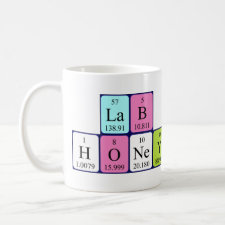
Authors: Yang KG, Ma JJ, Zhou H, Li BQ, Yu BY, Zhao CS
Article Title: Molecularly imprinted porous polysulfone particles for the binding and recognition of bisphenol A.
Publication date: 2009
Journal: Desalination
Volume: 245
Issue: (1-3)
Page numbers: 232-245.
DOI: 10.1016/j.desal.2008.07.010
Alternative URL: http://www.sciencedirect.com/science/article/B6TFX-4WTSXCN-S/2/bd2cd23d87234e4a1cf87d608b9b7c5c
Abstract: Bisphenol A (BPA)-imprinted polysulfone (PSf) particles for the binding and recognition of BPA were prepared by means of a phase inversion technique. The porosity of the PSf particles was about 70%. Binding and recognition of BPA for the particles were investigated; the binding amounts increased very fast at the beginning, and reached a maximum at about 30 h. With the increase of the concentration of BPA in the aqueous solution, the binding amounts both for the imprinted and the non-imprinted particles increased, and the recognition coefficient also increased. When ethanol was added into the BPA aqueous solutions, the binding amounts became lower while the recognition coefficient became larger. And with the increase of the ratio of ethanol to water, the binding amounts decreased, while the recognition coefficient increased. The binding amounts and the coefficient were larger in acid condition than in basic condition With the increase of the concentration of BPA in the casting solution, both the binding amounts and the recognition coefficient increased. Scatchard analysis results indicated that there were more recognition sites and stronger interaction between BPA and PSf recognition sites in the imprinted particles than that in the non-imprinted ones
Template and target information: bisphenol A, BPA
Author keywords: phase inversion, molecular imprinting, Particle, Polysulfone (PSf), BPA, Scatchard analysis



Join the Society for Molecular Imprinting

New items RSS feed
Sign-up for e-mail updates:
Choose between receiving an occasional newsletter or more frequent e-mail alerts.
Click here to go to the sign-up page.
Is your name elemental or peptidic? Enter your name and find out by clicking either of the buttons below!
Other products you may like:
 MIPdatabase
MIPdatabase









